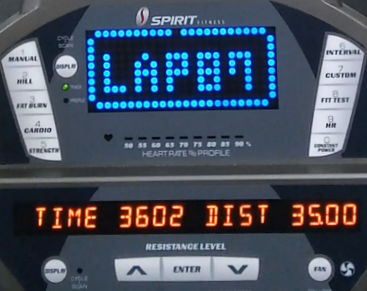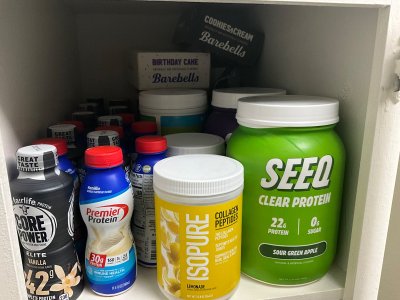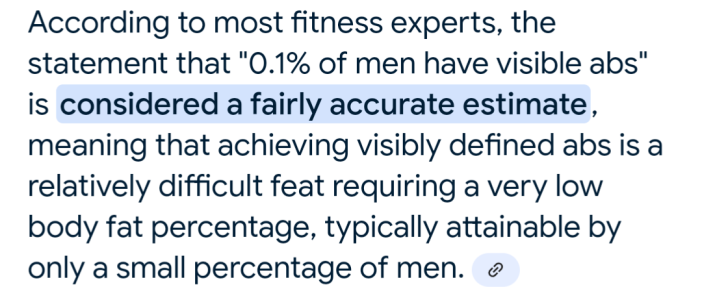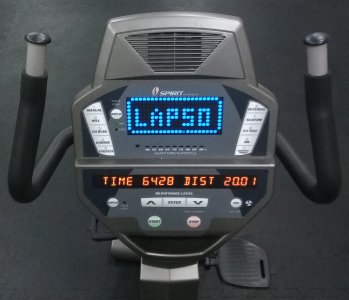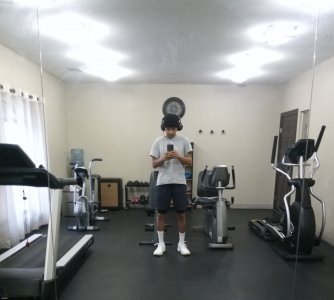Whether you’re a CrossFit junkie or not, you’ve probably seen the headlines claiming the fitness craze is to blame for extreme numbers of rhabdomyolysis cases. The condition is brought on by extreme exercise that causes muscle breakdown that can lead to kidney damage. But before you cancel your CrossFit membership, keep in mind that the condition is incredibly rare, and Rhabdo (as it’s nicknamed) isn’t exclusive to CrossFit by any stretch of the imagination. Football players can get it, runners can get it—it’s less about what you’re doing and more about how you’re doing it. Or, rather, how hard you're doing it. Find out about one woman's experience with rhabdomyolysis.
Overtraining—or improperly training—will get you in trouble no matter what your fitness pursuit. Although it is true that CrossFit instructors sometimes nurture the sort of “push to your limit—and then push further” mentality that’s more likely to lead to injury, if you adhere to a smart strength-training plan—and focus on quality over quantity—there’s no reason you can’t stay Rhabdo- and injury-free. Here, five signs your workout is too intense:
You Have to “Cheat”
Pushing yourself is good—it’s what makes you fitter. Pushing past your limits however, is just, well, not smart. And there’s a very fine line between the two, says Mike Boyle, owner of Mike Boyle Strength and Conditioning in Woburn, Massachusetts, and a strength and conditioning coach. The simplest way to stay on the right side of the line is to stop when you reach “technical failure.” That means you can bang our as many burpees as your heart desires—until you can no longer do the textbook version of that burpee. “Whatever exercise you’re doing should have a prescribed technique,” says Boyle. “Don’t compromise your technique to get in an extra rep or hit a prescribed number of reps you were given by a coach—that’s when you amp up injury risk.”
You Have Sore Joints
Soreness can be a good thing—it’s a sign you’re building muscle, getting stronger, and improving as an athlete. But soreness that disrupts normal functioning like being able to go to the restroom—or soreness in your joints (knees, elbows, wrists)—is a totally different beast. “If you can’t straighten your arms the next day, that’s a problem,” says Boyle. So if you worked your biceps, for example, you can expect they’ll be a bit achy the next day—but your elbows shouldn’t be sore. That’s a sign that you were doing the move wrong—or that you did too many reps or lifted too much weight, says Boyle.
You Gain Weight—Fast
We’re not talking about your waistline here. Increasing the weight you lift in the gym will help you bust through plateaus—but you shouldn’t go up by more than 2.5 to 5 pounds (for women) each week, says Boyle. Just like runners shouldn’t increase their mileage by more than 10 percent each week, upping your weights by more than 5 pounds can sideline you in the gym. You have to give your muscles time to adapt to the extra lbs, says Boyle.
You Train Every Day
When it comes to strength training, you shouldn’t hit the weights more than three to four times a week. Although it’s fine to do some light cardio or yoga on the other days, your body needs time to recover from strength training, says Boyle. And doing it more than four days a week is a surefire way to end up with an injury.
You Push Past Pain
If something hurts, stop, says Boyle. “It seems like an oversimplification, but ask yourself: ‘Does it hurt?’ If the answer is yes, stop,” says Boyle. In other words, while a little soreness is fine, if you can’t get up and down stairs or lift your groceries the next day, you should scale back your routine.

 prob do the golds gym that's close by me. I'm tired of being an outta shape even tho I don't look it. I feel it
prob do the golds gym that's close by me. I'm tired of being an outta shape even tho I don't look it. I feel it







